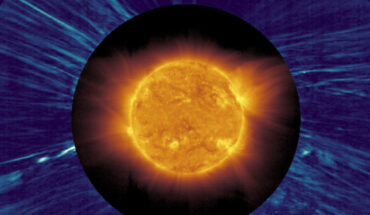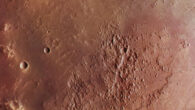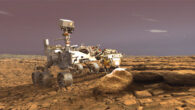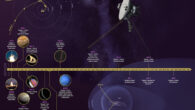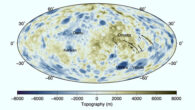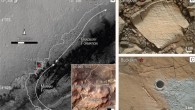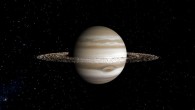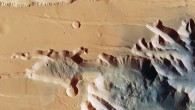Solar switchbacks are sudden, large radial deflections of the solar wind magnetic field, previously revealed in interplanetary space by NASA spacecraft. This image, obtained with the Metis instrument onboard ESA’s Solar Orbiter on March 25, 2022, shows the solar corona. Image credit: Telloni et al., doi: 10.3847/2041-8213/ac8104. The solar wind is a continuous flow of charged particles streaming from the Sun’s outermost atmosphere, the solar corona,...

